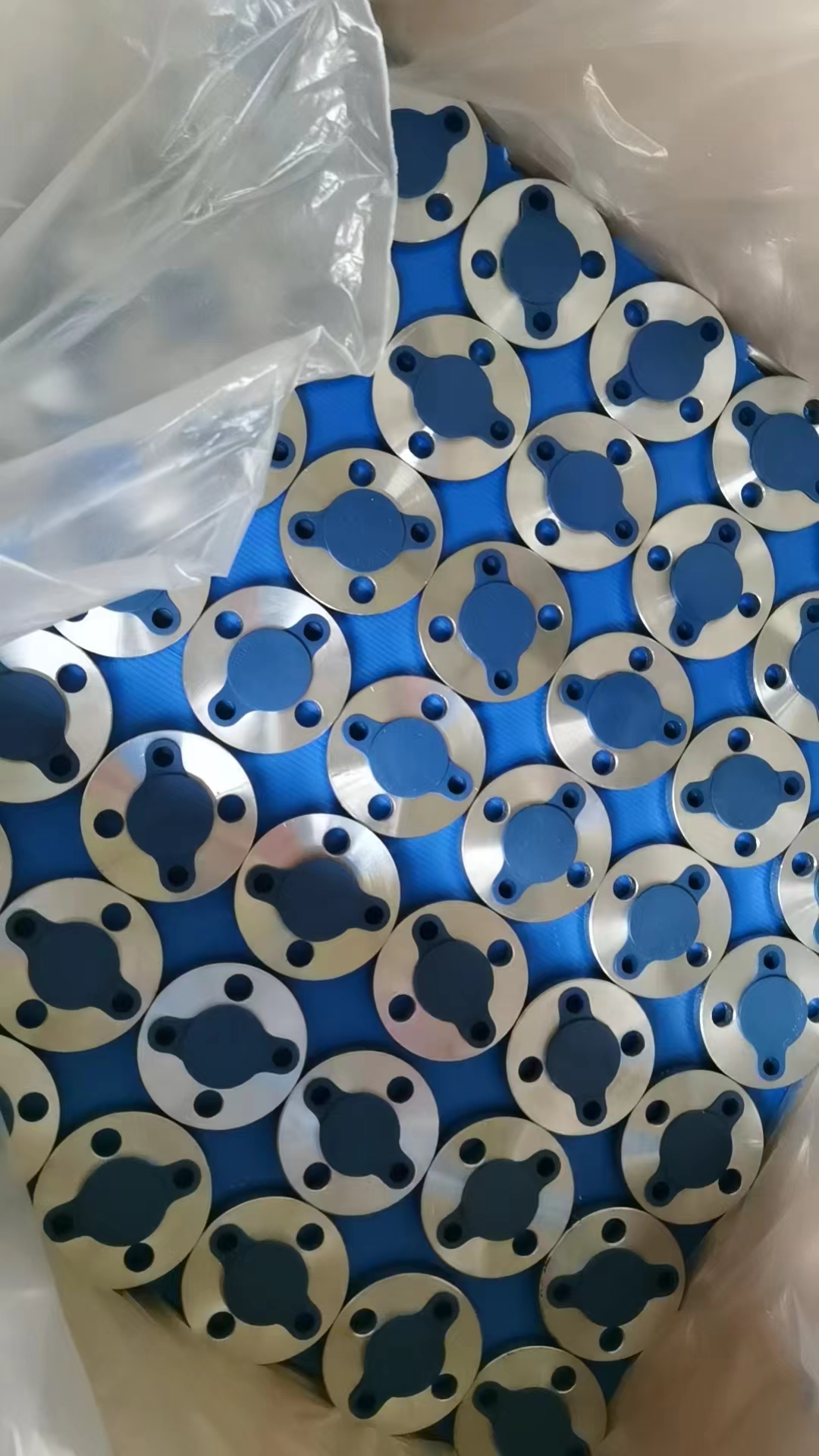-
Cangzhou Yulong Steel Co., Ltd.
-
Phone:
+86 13303177267 -
Email:
admin@ylsteelfittings.com
- English
- Arabic
- Italian
- Spanish
- Portuguese
- German
- kazakh
- Persian
- Greek
- French
- Russian
- Polish
- Thai
- Indonesian
- Vietnamese
- Zulu
- Korean
- Uzbek
- Hindi
- Serbian
- Malay
- Ukrainian
- Gujarati
- Haitian Creole
- hausa
- hawaiian
- Hebrew
- Miao
- Hungarian
- Icelandic
- igbo
- irish
- Japanese
- Javanese
- Kannada
- Khmer
- Rwandese
- Afrikaans
- Albanian
- Amharic
- Armenian
- Azerbaijani
- Basque
- Belarusian
- Bengali
- Bosnian
- Bulgarian
- Catalan
- Cebuano
- China
- China (Taiwan)
- Corsican
- Croatian
- Czech
- Danish
- Esperanto
- Estonian
- Finnish
- Frisian
- Galician
- Georgian
- Kurdish
- Kyrgyz
- Lao
- Latin
- Latvian
- Lithuanian
- Luxembourgish
- Macedonian
- Malgashi
- Malayalam
- Maltese
- Maori
- Marathi
- Mongolian
- Myanmar
- Nepali
- Norwegian
- Norwegian
- Occitan
- Pashto
- Dutch
- Punjabi
- Romanian
- Samoan
- Scottish Gaelic
- Sesotho
- Shona
- Sindhi
- Sinhala
- Slovak
- Slovenian
- Somali
- Sundanese
- Swahili
- Swedish
- Tagalog
- Tajik
- Tamil
- Tatar
- Telugu
- Turkish
- Turkmen
- Urdu
- Uighur
- Welsh
- Bantu
- Yiddish
- Yoruba

Dec . 06, 2024 17:07 Back to list
Flanged Outlet Design for Enhanced Fluid Flow and Connection Reliability
Understanding Flanged Outlets A Comprehensive Overview
Flanged outlets play a crucial role in various engineering and industrial applications. Commonly found in piping systems, these outlets are designed to provide a smooth and effective transition for materials, be it liquids or gases, from one section of a piping system to another. In this article, we will explore the definition, applications, advantages, and design considerations associated with flanged outlets.
What is a Flanged Outlet?
A flanged outlet is a type of piping component that allows for the connection of piping to a larger bore or another section of the pipeline. It consists of a flange that is welded onto the pipe, providing a robust interface for attachment to other flanged components. The flange usually features bolt holes that align with corresponding flanges, allowing for a secure mechanical connection. Flanged outlets are found in various sizes and materials, catering to different requirements in manufacturing, chemical processing, oil and gas, water treatment, and many other industries.
Applications of Flanged Outlets
Flanged outlets are particularly prevalent in industries that rely on extensive piping systems. For example
1. Oil and Gas In this industry, flanged outlets are used to connect pipelines for the transportation of crude oil and natural gas. The robustness of the flange ensures a tight seal, preventing leaks which are crucial for safety in downstream operations.
2. Chemical Processing Flanged outlets are deployed in chemical plants where various substances are transported. The ability to easily detach and replace sections of the pipe system without complete disassembly makes flanged outlets advantageous.
3. Water Treatment In municipal water systems, flanged outlets allow for connections to filters, pumps, and storage tanks. Their design enables maintenance workers to access the piping system easily.
4. Power Generation Power plants use flanged outlets in cooling systems to facilitate the movement of water and steam throughout the facility.
Advantages of Flanged Outlets
flanged outlet

One of the main advantages of flanged outlets is their ease of installation and maintenance. The bolted connections allow for quick and reliable assembly, reducing the time and labor required on-site. Additionally, they provide a strong seal against leaks, which is critical in applications involving hazardous materials.
Flanged outlets also offer versatility in terms of compatibility with various pipe materials and sizes. The flexibility to use different flange dimensions ensures that systems can be customized based on specific operational needs. Furthermore, the design can accommodate thermal expansion and contraction, which is essential in high-temperature applications.
Design Considerations
When designing systems that incorporate flanged outlets, several factors must be considered
1. Material Selection The choice of materials influences the performance and longevity of flanged outlets. Common materials include stainless steel, carbon steel, and various alloys, selected based on the fluid being transported and environmental conditions.
2. Flange Dimensions The size and pressure rating of the flanged outlet must match the overall system requirements. Standards such as ANSI/ASME, ISO, and DIN provide guidelines for selecting appropriate flanges based on pressure ratings and sizes.
3. Corrosion Resistance Given the potential for contact with corrosive materials, it's vital to select flanged outlets that provide corrosion resistance. Coatings or selecting inherently resistant materials can mitigate these risks.
4. Installation Space Adequate space must be available for the installation and maintenance of flanged outlets. Proper clearance around the flange is vital for tools and accessibility during repair work.
Conclusion
In conclusion, flanged outlets are integral components in numerous industrial applications, facilitating efficient and safe fluid transport. Their ease of installation, strong sealing capabilities, and adaptability make them a preferred choice in many sectors. By considering material properties, dimensions, and environmental factors during the design phase, engineers can ensure that flanged outlets perform optimally throughout their operational lifespan. Understanding their significance will help professionals in various fields to make informed decisions on system design and maintenance practices.
Latest news
-
ANSI 150P SS304 SO FLANGE
NewsFeb.14,2025
-
ASTM A333GR6 STEEL PIPE
NewsJan.20,2025
-
ANSI B16.5 WELDING NECK FLANGE
NewsJan.15,2026
-
ANSI B16.5 SLIP-ON FLANGE
NewsApr.19,2024
-
SABS 1123 FLANGE
NewsJan.15,2025
-
DIN86044 PLATE FLANGE
NewsApr.19,2024
-
DIN2527 BLIND FLANGE
NewsApr.12,2024
-
JIS B2311 Butt-Welding Fittings LR/SR 45°/90° /180°Seamless/Weld
NewsApr.23,2024











